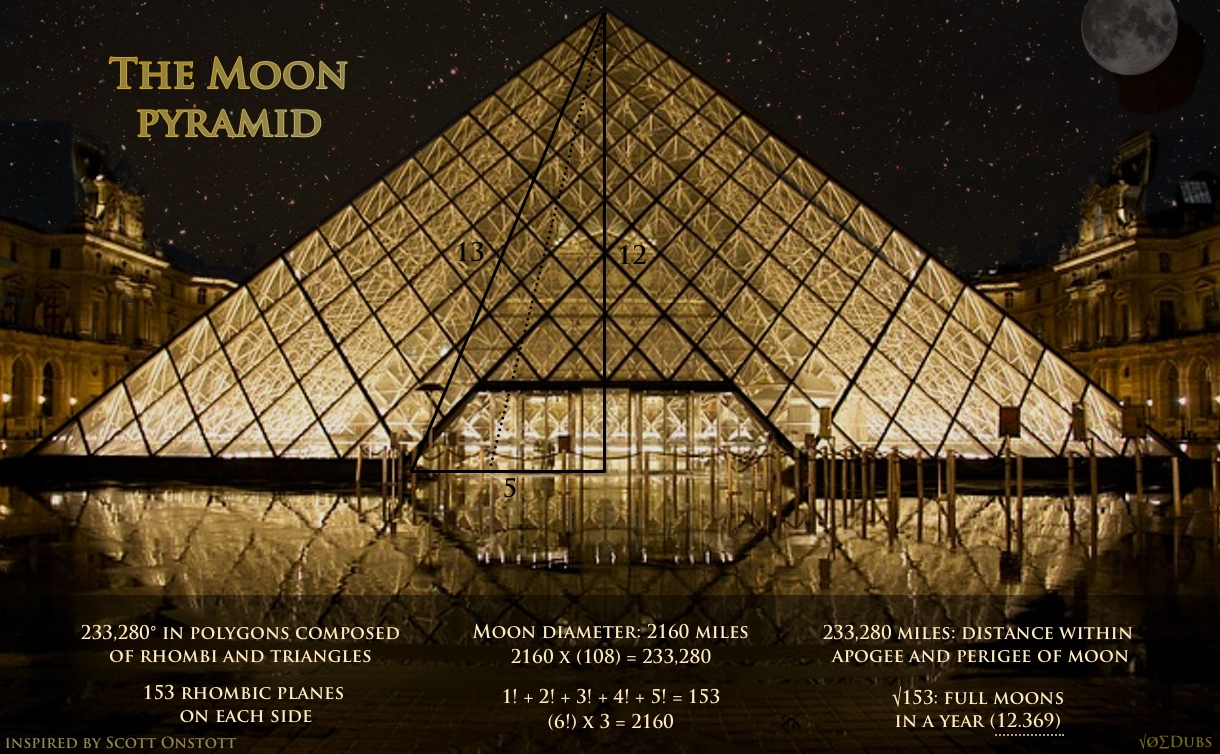5040 The Perfect Number

Plato mentions in his Laws that 5040 is a convenient number to use for dividing many things (including both the citizens and the land of a state) into lesser parts. Claiming it to be the ideal population of a city, he thought that the people’s well-being depended almost as much on the number as on justice. 5040 as it turns out is a very special number. One of the reasons 5040 was so highly revered was because it is a superior highly composite number. Translation: No other number below it has as many divisors. 5040 has the same amount of divisors as there are minutes in an hour, or seconds in a minute. 5040 is a very practical number, being divisible by 1-12, except 11. There are only ten of these rare numbers below a million, and it just so happens that the combined radii of Earth and…

